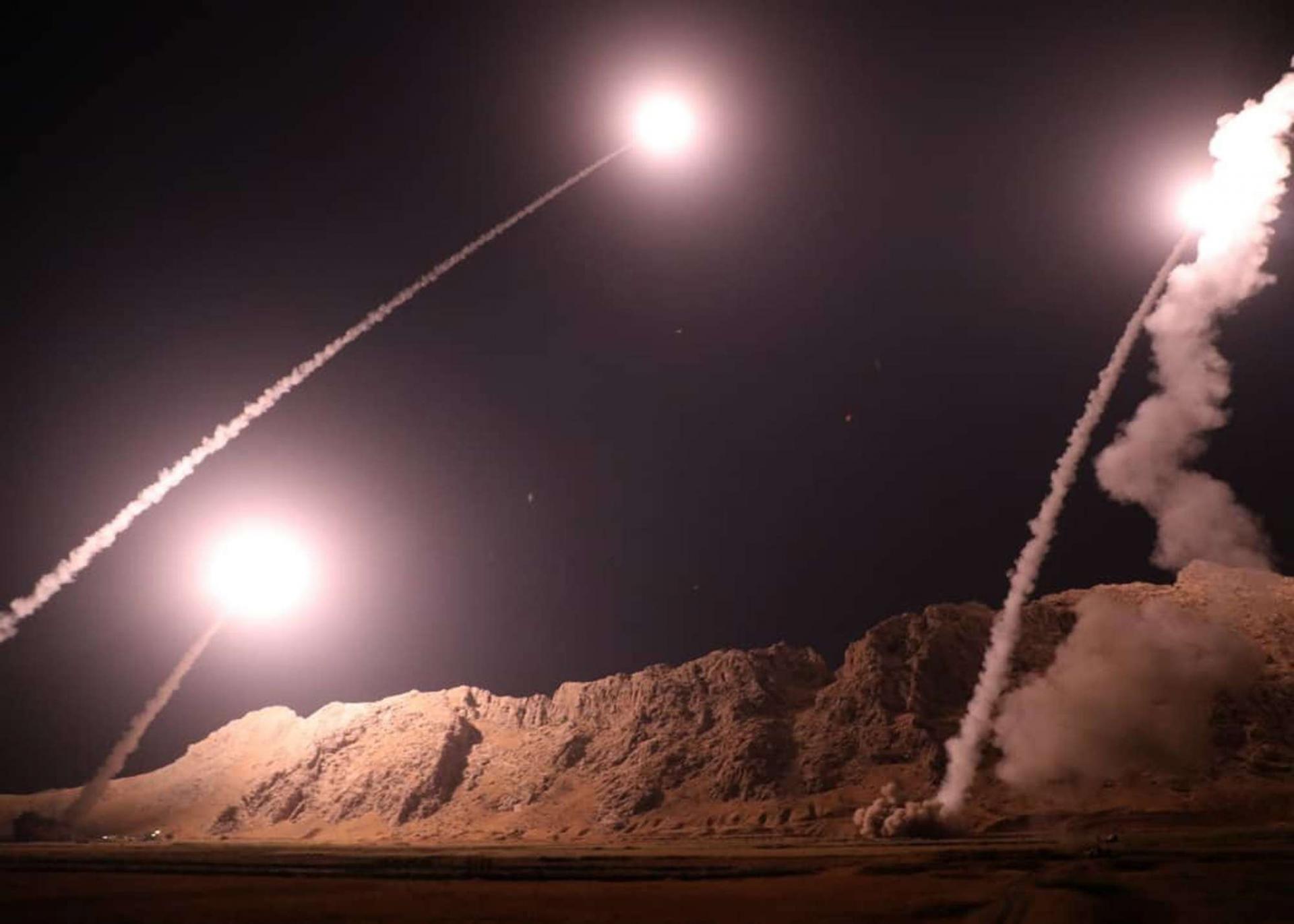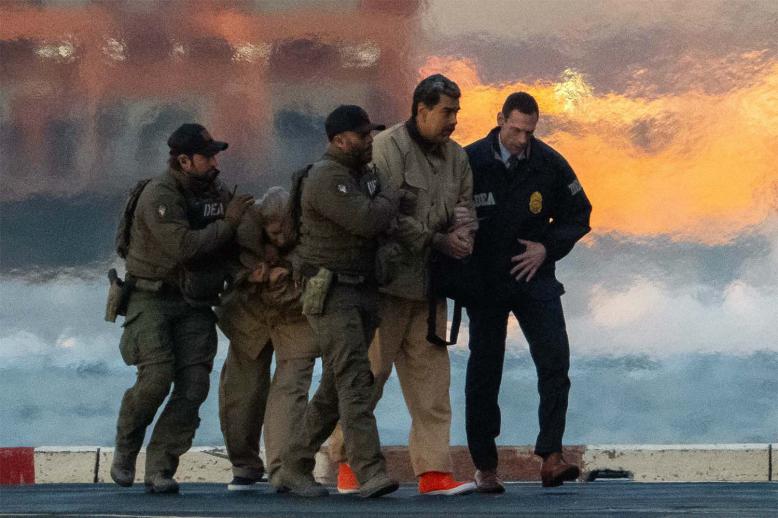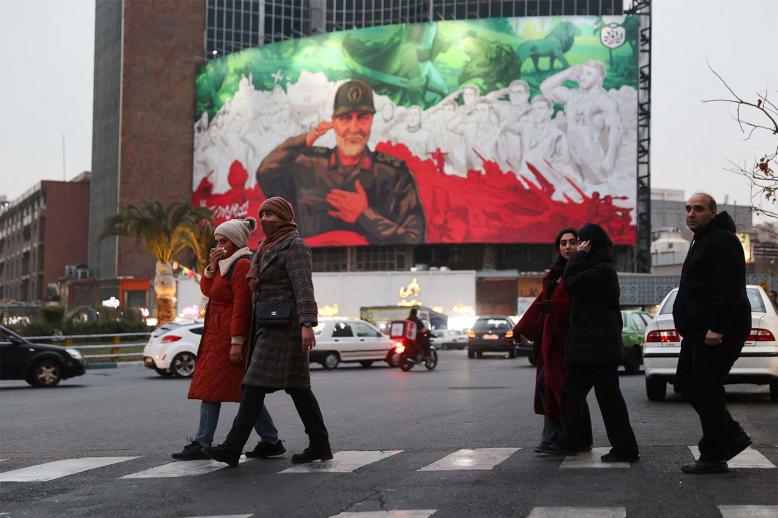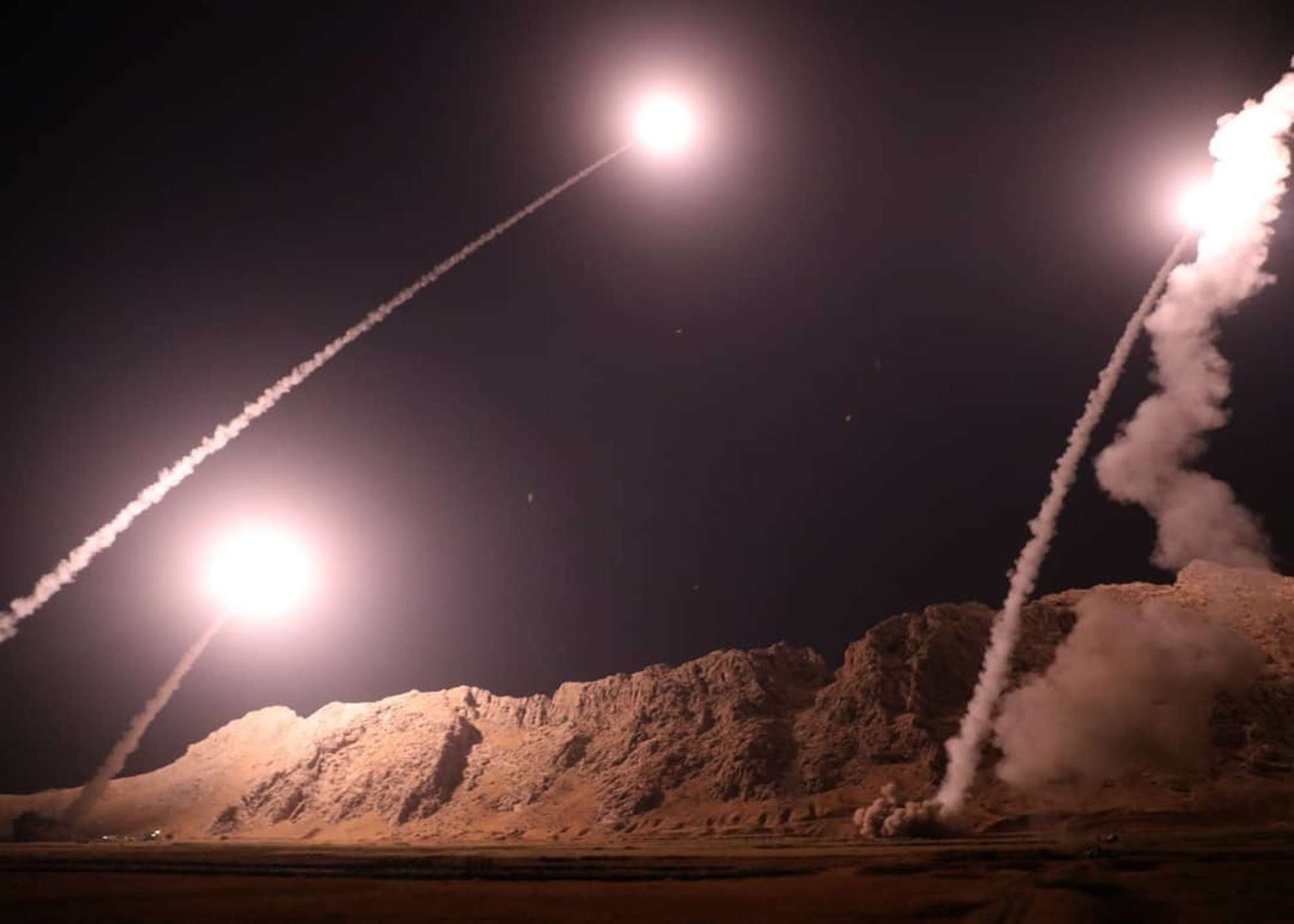Iranian missile strikes spark wariness
TUNIS — Iran fired six surface-to-air missiles from its base in the western province of Kermanshah at a militant encampment near Abu Kamal in eastern Syria. Many of those who survived the initial attack were killed in a drone strike, which Iran’s state media reported targeted “terrorist positions and support infrastructure.”
The ostensible reason for the early morning October 1 assault was in retaliation for a September 22 attack on a military parade in Ahvaz that killed 29 people and injured dozens more.
However, the missile attack seems to also have been meant to dispel confusion created by Tehran’s wavering in placing the blame for the Ahvaz attack and for the inability of its Islamic Revolutionary Guard Corps (IRGC) to retaliate despite bombastic threats. The missile barrage was intended to send a message of military capability at home and to issue a clear ballistic threat internationally.
Responsibility for the Ahvaz attack, in which gunmen disguised as soldiers fired into the crowd, remains unclear. It was claimed by Iranian separatists, who provided the details of one of those involved in the attack. A rival claim was made by the Islamic State (ISIS), which had video footage of the assailants prior to the assault.
Iranian state media referred to the targets of the missile strike as takfiri — apostates — a term it uses to describe both ISIS and Arab ethnic separatists.
“Based on reports, this cowardly act was perpetrated by the people who are rescued by the Americans when they are in trouble in Syria and Iraq and are paid by Saudi Arabia and the United Arab Emirates,” Iranian Supreme Leader Ayatollah Ali Khamenei said on his website two days after the Ahvaz attack and before the deputy head of the IRGC warned the United States and Israel of the “devastating response” to come.
Regardless of the identity of the specific target of the Iranian strikes, its intended audience lay elsewhere. The launch was broadcast on national television, showing that the sides of each missile were painted with slogans calling for “Death to America, Death to Israel, Death to Al Saud,” referring to Saudi Arabia’s ruling family.
“Every such Iranian strike serves multiple purposes, hence the fanfare surrounding them,” Farzin Nadimi, an associate fellow at the Washington Institute for Near East Policy, said. “It is to strengthen Iran’s deterrence even if they have to use propaganda or even deception to exaggerate their abilities.”
Within a region riven by conflict, brinkmanship and tactical stalemates, the perception of strength can be as important as its possession. “They want to show how perfect their weapons are, therefore they’re quick to deny any imperfection whenever something fails or misses,” Nadimi said.
This is the third time in about a year that Iranian missiles have been fired at targets outside the country.
In June 2017, the IRGC said it had hit ISIS positions in Deir ez-Zor, Syria, in response to an attack on the country’s parliament and the mausoleum of Ayatollah Ruhollah Khomeini that left 18 people dead. Of the seven missiles fired, only two were reported to have reached their targets.
In September this year, Iran targeted a separatist Kurdish militia it claimed was encamped in Iraq near the Syrian border. The separatists said that strike killed at least 15 people and wounded about 50.
Nadimi said the strikes showed “improvement in accuracy but still problems with reliability as one or two missiles failed shortly after launch.”
The Iranian attacks refuelled concerns about Tehran’s missile capability and provided additional arguments to critics of the Iran nuclear deal, which did not cover Iran’s ballistic development programme.
“The use of missiles with a maximum range of 800km might be a signal to the West,” Nadimi said, “that they are prepared to discuss capping the range of their missiles at 800km — if they’re allowed to keep them — and let go of the longer range and more powerful missiles.”
Simon Speakman Cordall is a section editor with The Arab Weekly
Copyright ©2018 The Arab Weekly







